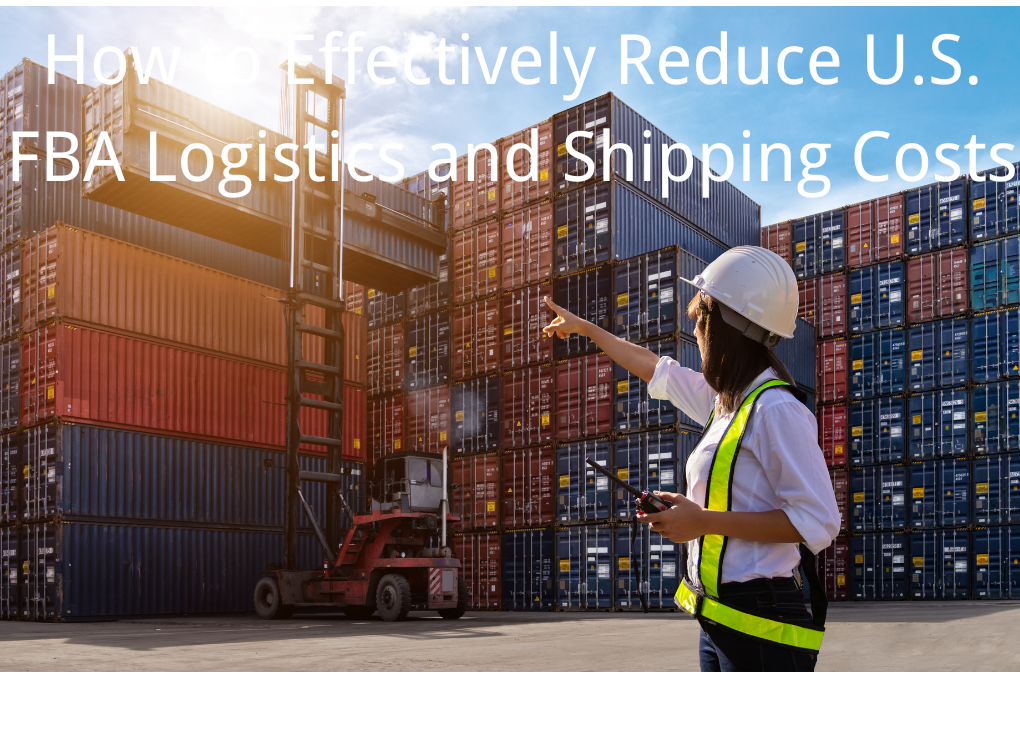FBA LCL Quote
FBA 40HQ FCL Quote
Navigating tax calculations for FBA ocean freight shipments remains one of the most critical yet challenging aspects of global e-commerce. Import duties and fees can account for 15-30% of total logistics costs, directly impacting profit margins and pricing strategies.
Many sellers underestimate the complexity of customs compliance, particularly when dealing with multi-country regulations and frequent tariff updates. A single HS code misclassification can trigger audits, delayed shipments, or penalties exceeding 50% of product value.
This guide addresses these pain points through a systematic approach to tax management. We’ll explore practical strategies for balancing compliance requirements with cost optimization, supported by real-world examples and actionable tools.
Product Classification via HS Codes
Accurate HS code assignment forms the foundation of tax calculations. These 6-10 digit codes, standardized across 200+ countries, determine both duty rates and eligibility for trade agreements like USMCA.
Common classification errors include misidentifying material compositions (e.g., organic vs synthetic fabrics) or functional attributes (e.g., electrical vs mechanical components). Luxury goods and electronics face particularly stringent scrutiny, with error rates exceeding 22% according to CBP data.
Pro Tip: Use the USITC’s official Harmonized Tariff Schedule database rather than third-party tools for definitive code verification.
Channel Selection – Tax-Inclusive vs Self-Tax
Tax-inclusive shipping channels simplify logistics by bundling duties into all-inclusive rates. Major providers like Flexport typically charge $3.50-$5.00 per kg for this service, ideal for sellers prioritizing predictability over cost control.
Self-tax channels require direct payment to customs authorities but offer 10-25% potential savings through duty drawback programs. This option suits high-volume shippers with dedicated compliance teams, though it increases administrative workload by 15-20 hours monthly.
Establishing the Tax Base
Customs valuation follows strict hierarchy:
Transaction value of imported goods
Identical goods value
Similar goods value
Deductive value (resale price minus costs)
Computed value (production cost + profit)
Example: A $50,000 machinery shipment with $8,000 freight costs would have a $58,000 tax base. If customs disputes the declared value, they might reference identical goods sold at $65,000, increasing taxable value by 12%.
Applying Tax Rates and Additional Fees
Base duty rates range from 0% (books) to 37.5% (certain footwear), with notable exceptions:
Section 301 tariffs: Up to 25% on Chinese-origin goods
Anti-dumping duties: 75-250% on specific steel/aluminum products
MPF (Merchandise Processing Fee): 0.3464% of declared value (min $29.22)
State-specific requirements add complexity – California charges 7.25% sales tax on commercial imports, while Oregon imposes none.
Thresholds and Compliance Considerations
While the US de minimis threshold stands at $800 for personal imports, FBA shipments automatically qualify as commercial entries regardless of value. Bond requirements apply for frequent importers:
Single Entry Bond: $100-$500 per shipment
Continuous Bond: 10% of annual duties (min $500)
Maintain 7-year records of commercial invoices, bills of lading, and duty payments to satisfy CBP audit requirements.
Tools for Simplification
Automated solutions reduce calculation errors by 40-60%:
Amazon’s Duty Calculator: Integrated with Seller Central accounts
Descartes CustomsInfo: $299/month for advanced classification
Zencargo’s Landed Cost Calculator: Real-time tariff updates
Third-party logistics providers like DHL and FedEx offer free landed cost estimates with shipping quotes.
Conclusion
Effective tax management in FBA ocean freight requires transforming regulatory compliance from a cost center into strategic advantage. By implementing robust classification protocols and leveraging automation tools, sellers achieve both legal compliance and cost efficiency.
Regular monitoring of trade policy changes proves essential – subscribe to CBP’s CSMS notifications and review USITC tariff databases quarterly. For high-risk shipments, consider pre-clearance services through certified brokers like Livingston International.
Ultimately, the 8-12 hours invested in mastering these tax principles can yield annual savings of $15,000-$50,000 for mid-sized sellers. This financial advantage, coupled with reduced shipment delays, creates sustainable growth in competitive cross-border markets.



